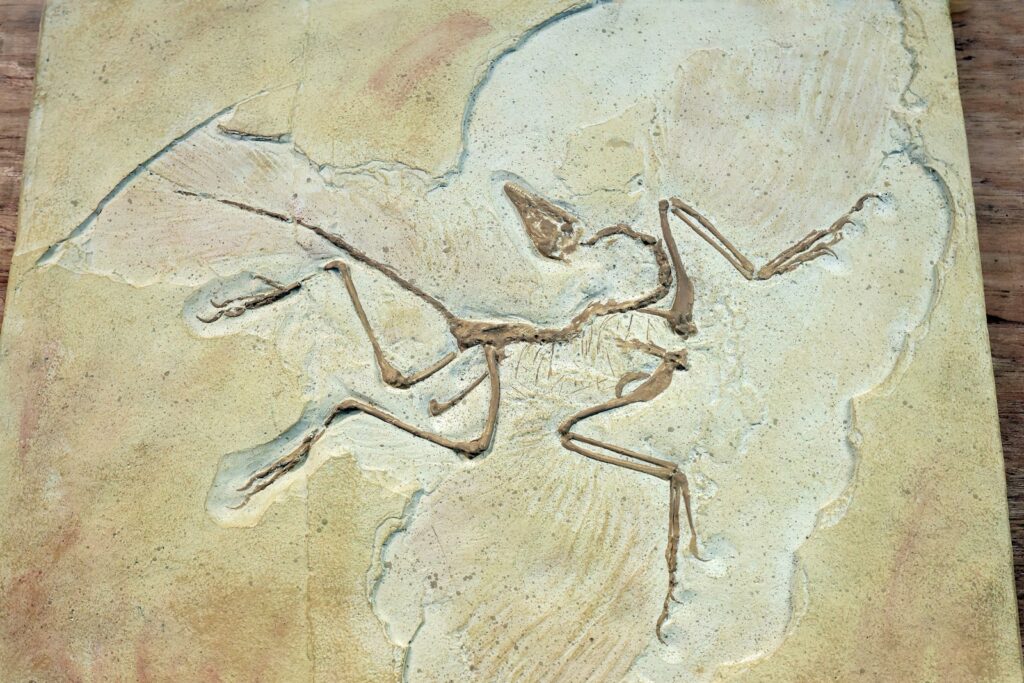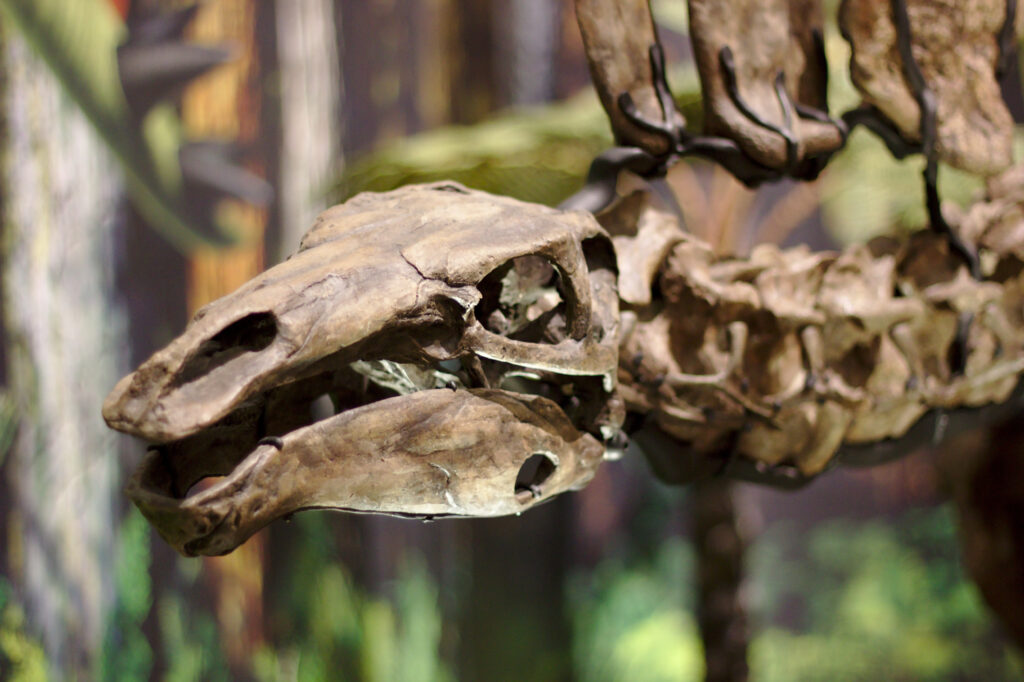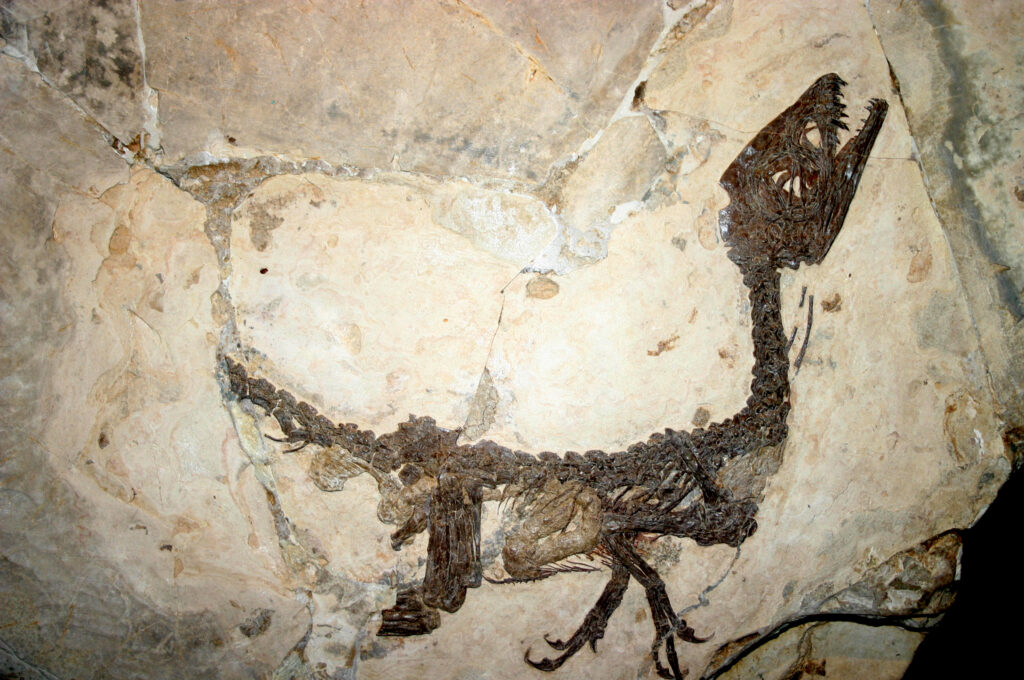Deep beneath South Africa’s arid Karoo landscape lies one of Earth’s most extraordinary fossil treasures, and nowhere is this ancient story told more compellingly than within the halls of Cape Town’s Iziko South African Museum. Walking through these corridors feels like stepping back through 300 million years of evolutionary history, where the boundaries between imagination and scientific reality blur into something truly magical. The museum’s Karoo fossil collection doesn’t just display bones and rocks – it resurrects entire ecosystems that once thrived where today only sparse vegetation survives the scorching African sun.
The Great Karoo Basin: A Window Into Deep Time
The Karoo Basin stretches across more than 700,000 square kilometers of South African landscape, representing one of the world’s most complete geological records of life between the Carboniferous and Jurassic periods. This vast sedimentary basin formed as ancient rivers deposited layer upon layer of mud, sand, and organic matter over millions of years.
What makes the Karoo truly exceptional isn’t just its size, but the pristine preservation of fossils within its rock layers. The alternating wet and dry climates of prehistoric times created perfect conditions for fossilization, turning this region into what paleontologists often call “the cradle of mammal-like reptiles.”
At Iziko Museum, visitors can trace this geological timeline through carefully curated displays that transform abstract deep time into tangible, touchable history. The museum’s collection represents decades of fieldwork across the Karoo, bringing together specimens that tell the story of life’s greatest transitions.
Therapsids: The Mammal-Like Reptiles That Changed Everything
Long before dinosaurs ruled the Earth, a group of remarkable creatures called therapsids dominated the Karoo landscape. These “mammal-like reptiles” possessed features that would eventually give rise to all modern mammals, including humans.
The museum’s therapsid collection showcases species like Diictodon, small burrowing animals whose fossilized remains are so abundant in certain Karoo rock layers that geologists use them as markers for specific time periods. These creatures lived in complex underground tunnel systems, much like modern prairie dogs.
Perhaps most fascinating are the predatory therapsids like Lycaenops, whose elongated canine teeth and forward-facing eyes reveal hunting strategies remarkably similar to modern big cats. The transition from cold-blooded reptile to warm-blooded mammal plays out in stunning detail across the museum’s displays.
The Permian Mass Extinction: Nature’s Greatest Crisis
About 252 million years ago, the Earth experienced its most devastating mass extinction event, wiping out over 90% of marine species and 70% of terrestrial vertebrates. The Karoo Basin preserves crucial evidence of this catastrophic event, known as the Permian-Triassic extinction.
Iziko Museum’s exhibits dramatically illustrate this period through before-and-after fossil displays that show how entire ecosystems vanished virtually overnight in geological terms. The museum houses specimens from both sides of this extinction boundary, revealing which creatures survived and which perished forever.
What emerges from these displays is a sobering reminder of life’s fragility and resilience. The few surviving lineages that made it through this crisis would eventually give rise to dinosaurs, mammals, and ultimately, ourselves.
Lystrosaurus: The Survivor That Inherited the Earth
Among the most remarkable specimens in the museum’s collection are the fossils of Lystrosaurus, a pig-sized herbivore that became one of the most successful survivors of the Permian extinction. For millions of years after the catastrophe, Lystrosaurus made up an astounding 95% of all terrestrial vertebrates.
The museum’s Lystrosaurus displays reveal how this unlikely survivor possessed the perfect combination of traits for post-apocalyptic life. Its efficient digestive system allowed it to process low-quality vegetation, while its burrowing behavior provided protection from harsh environmental conditions.
These fossils also tell a broader story about evolutionary opportunity. When ecological niches suddenly empty, life finds ways to fill them, often in unexpected ways that reshape the entire course of biological history.
Triassic Recovery: When Life Bounced Back
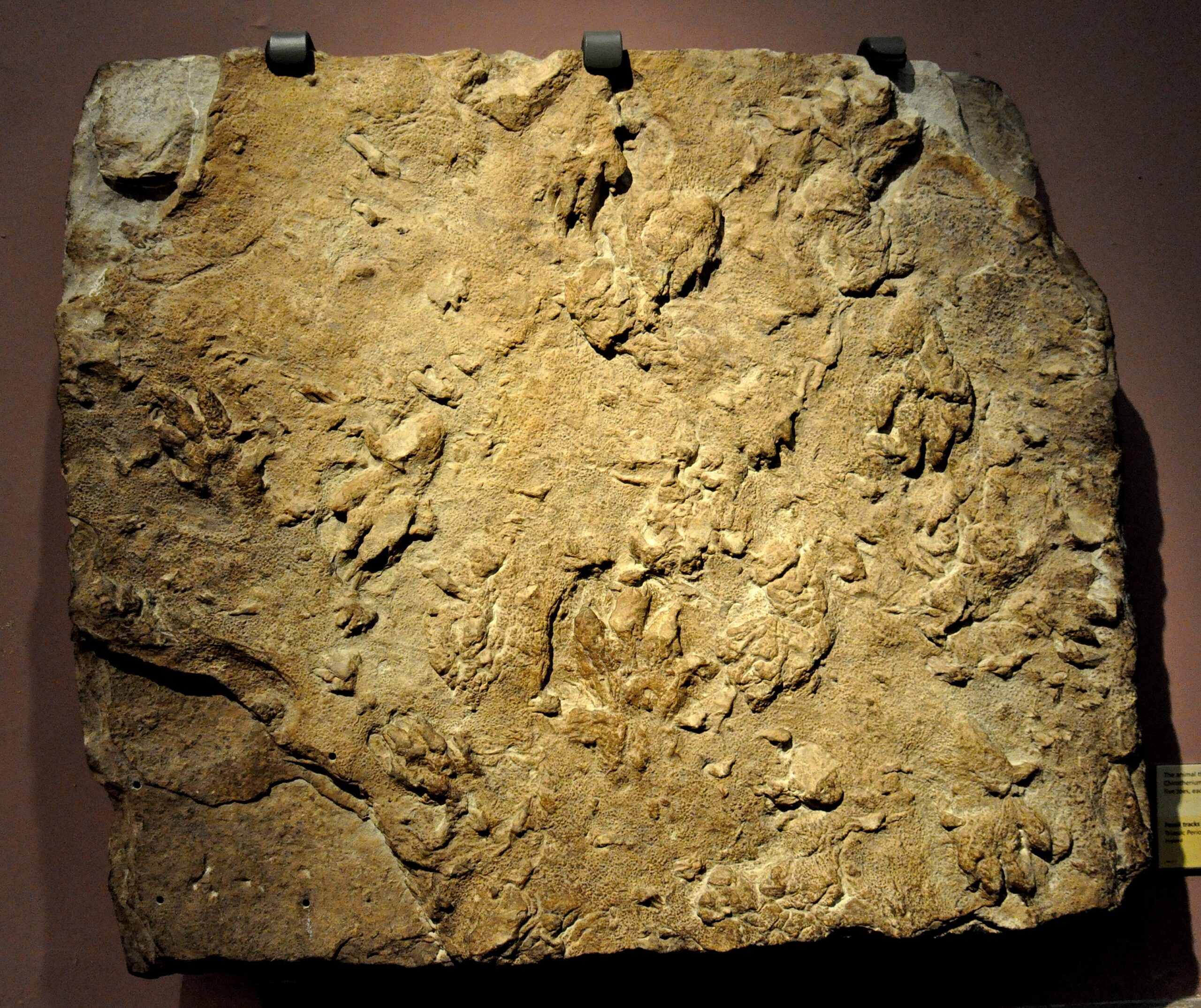
The museum’s Triassic period exhibits showcase one of evolution’s most remarkable comeback stories. After the devastating Permian extinction, life didn’t just recover – it exploded into entirely new forms and filled ecological roles that had never existed before.
Fossil displays reveal how early archosaurs, the group that would eventually give rise to dinosaurs and crocodiles, began their rise to dominance during this period. Specimens like Euparkeria show the early experiments in body plans that would eventually produce some of Earth’s most successful predators.
The diversity of Triassic fossils in the collection demonstrates evolution’s incredible creativity under pressure. When old ecosystems collapse, life doesn’t simply rebuild what came before – it invents entirely new ways of being alive.
Plant Fossils: Reconstructing Ancient Ecosystems
While vertebrate fossils often steal the spotlight, Iziko Museum’s plant fossil collection provides equally crucial insights into Karoo’s prehistoric environments. These preserved leaves, stems, and seeds reveal how entire landscapes transformed over millions of years.
The museum displays show the transition from primitive Carboniferous forests dominated by giant ferns and early conifers to more modern plant communities. Glossopteris, a seed fern whose fossils are found across the southern continents, provides compelling evidence for the ancient supercontinent Gondwana.
These plant fossils don’t just show what grew in ancient Karoo – they reveal climate patterns, seasonal variations, and the complex relationships between plants and the animals that depended on them. Every leaf tells a story about an entire ecosystem.
Trace Fossils: Reading the Footprints of Time
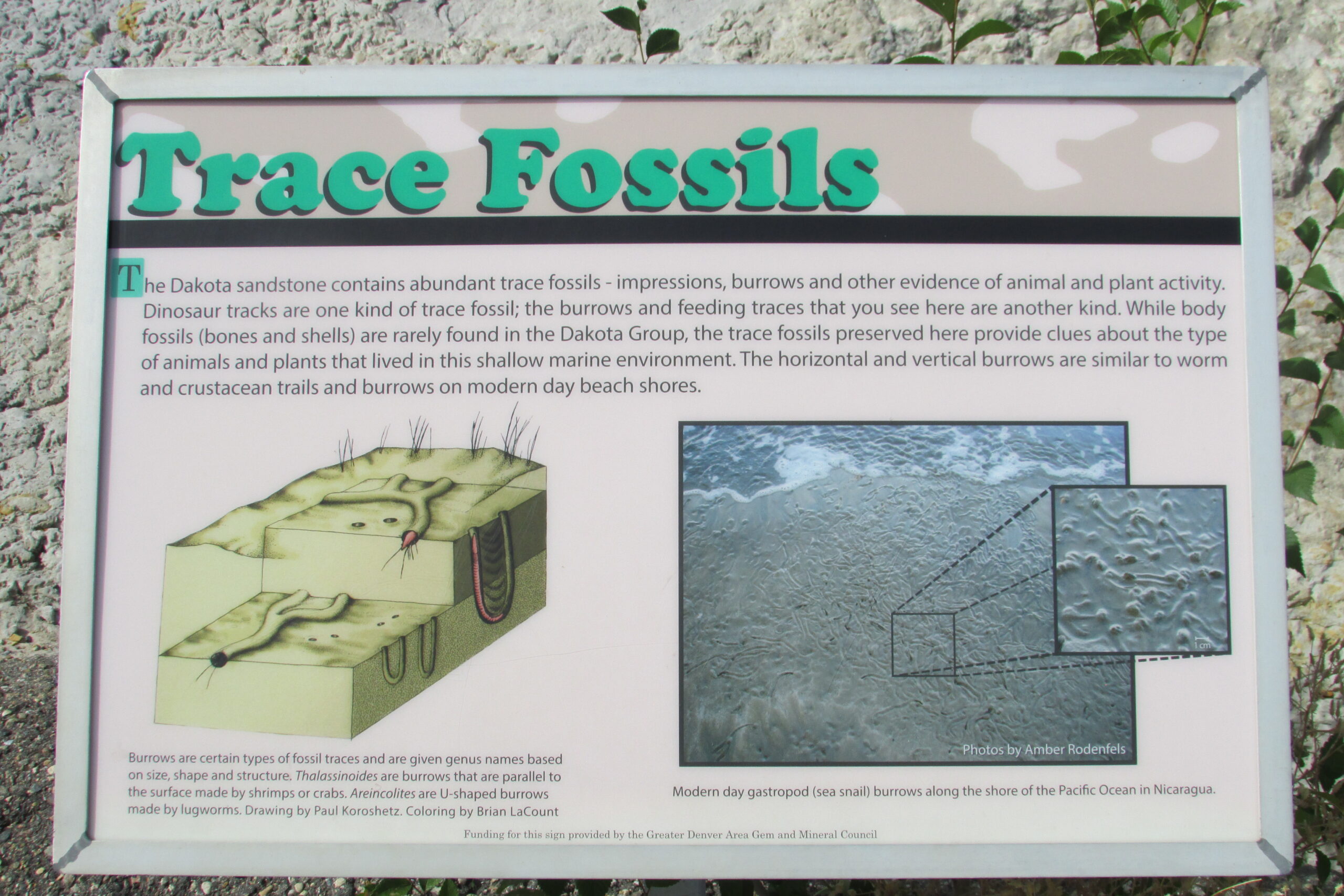
Some of the museum’s most intriguing specimens aren’t body fossils at all, but trace fossils – the preserved evidence of ancient behavior. Fossilized footprints, burrows, and even coprolites (fossilized dung) provide intimate glimpses into how prehistoric creatures actually lived.
The collection includes remarkable trackways that show herds of therapsids moving across ancient floodplains, predators stalking their prey, and small animals seeking shelter in underground burrows. These traces capture moments in time with startling immediacy.
What makes trace fossils particularly valuable is their ability to preserve behaviors that bones alone cannot reveal. They show us not just what ancient animals looked like, but how they moved, hunted, nested, and interacted with their environment.
Dating the Karoo: Unlocking Deep Time
Understanding when Karoo fossils lived requires sophisticated dating techniques that the museum explains through interactive displays. The Karoo sequence spans roughly 100 million years, from the Carboniferous through the Jurassic periods.
The museum showcases how paleontologists use biostratigraphy – the study of fossil succession – to determine relative ages of rock layers. Certain species serve as “index fossils” that help researchers correlate rock formations across vast distances.
More recent techniques like radiometric dating of volcanic ash layers provide absolute ages, allowing scientists to pin down exactly when major evolutionary transitions occurred. These methods transform the Karoo from a collection of old rocks into a precisely calibrated timeline of life’s history.
Fieldwork and Discovery: Bringing Fossils to Light

The museum’s displays don’t just show finished fossil specimens – they reveal the painstaking process of discovery and preparation that brings these ancient treasures to light. Photographs and tools from actual field expeditions show how paleontologists work in the harsh Karoo environment.
Many of the museum’s prize specimens were discovered by teams of international researchers working in collaboration with South African scientists. The collection represents decades of careful excavation, often in remote locations accessible only by 4×4 vehicle.
Preparation techniques displayed at the museum show how technicians spend months carefully removing surrounding rock matrix to expose delicate fossil bones. This meticulous work transforms shapeless rock into recognizable creatures from the deep past.
Conservation Challenges: Protecting South Africa’s Fossil Heritage
The museum addresses the ongoing challenges of protecting Karoo fossils from both natural erosion and human activities. Climate change and increased mining activity threaten important fossil sites across the region.
Educational programs highlighted in the museum emphasize the importance of responsible fossil collecting and the need for legal protection of paleontological sites. Amateur collectors can contribute to science, but proper documentation and expert involvement are crucial.
The museum’s conservation laboratory demonstrates how fragile fossils are stabilized and preserved for future generations. Without these efforts, many specimens would crumble to dust within years of their discovery.
Global Connections: The Karoo in World Context
While the Karoo Basin is uniquely South African, its fossils connect to similar deposits around the world, particularly in other parts of the ancient supercontinent Gondwana. The museum places local discoveries in this broader global context.
Comparative displays show how Karoo therapsids are related to similar fossils found in Russia, Antarctica, and South America. These connections provide powerful evidence for continental drift and help reconstruct ancient climate patterns.
The museum emphasizes how Karoo research contributes to understanding global evolutionary patterns, particularly the transitions that led to modern mammalian diversity. Local fossils illuminate universal processes that shaped life on Earth.
Educational Impact: Inspiring Future Paleontologists
Iziko Museum’s Karoo exhibits serve as inspiration for countless students and researchers. The displays are designed to make complex paleontological concepts accessible to visitors of all ages and backgrounds.
Interactive elements allow visitors to handle replica fossils, examine rock samples under magnification, and even try their hand at fossil preparation techniques. These hands-on experiences transform passive observation into active learning.
The museum’s educational programs have inspired numerous young South Africans to pursue careers in paleontology, ensuring that future generations will continue uncovering the Karoo’s prehistoric secrets.
School groups regularly visit to connect classroom geology lessons with real-world examples, while university students use the collection for advanced research projects. The museum serves as both a repository of knowledge and a catalyst for new discoveries.
Future Discoveries: What Lies Ahead
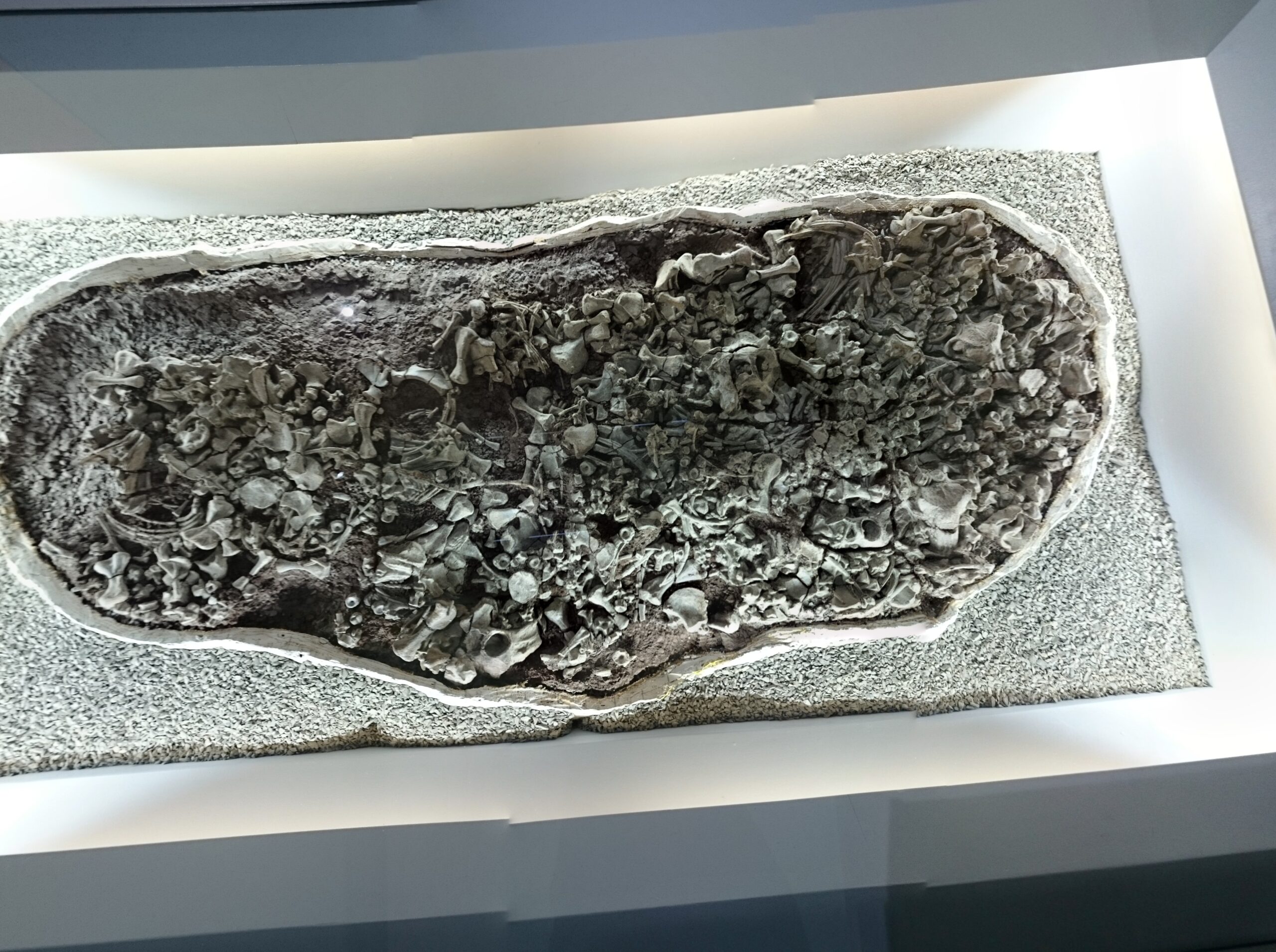
The museum acknowledges that despite decades of intensive research, the Karoo Basin still holds countless undiscovered fossils. New species are regularly unearthed, and advancing analytical techniques reveal fresh insights from previously studied specimens.
Ongoing research projects highlighted in current exhibits focus on understanding ancient climate changes, tracking evolutionary transitions in real time, and using advanced imaging techniques to study fossil anatomy in unprecedented detail.
The museum’s future plans include expanded digital collections, virtual reality experiences that transport visitors to prehistoric Karoo environments, and continued collaboration with international research institutions. The story of Karoo fossils is far from complete.
Conclusion: Messages from Deep Time

Standing before the Karoo fossil displays at Iziko Museum, visitors encounter more than just ancient bones and rocks – they witness the incredible resilience and creativity of life itself. These specimens chronicle mass extinctions and remarkable recoveries, showing how life persistently adapts to changing conditions over millions of years.
The fossils serve as both windows into vanished worlds and mirrors reflecting our own planet’s current environmental challenges. The same processes that shaped prehistoric ecosystems continue operating today, making these ancient lessons surprisingly relevant to modern conservation efforts.
Every fossil in the collection represents countless individual lives, entire species, and complex ecosystems that once flourished where today’s Karoo stretches endlessly toward distant horizons. Their stories remind us that we are temporary custodians of a planet with an incredibly deep and rich history.
What secrets do you think still lie buried beneath the Karoo’s sun-baked surface, waiting for the next generation of explorers to uncover?

